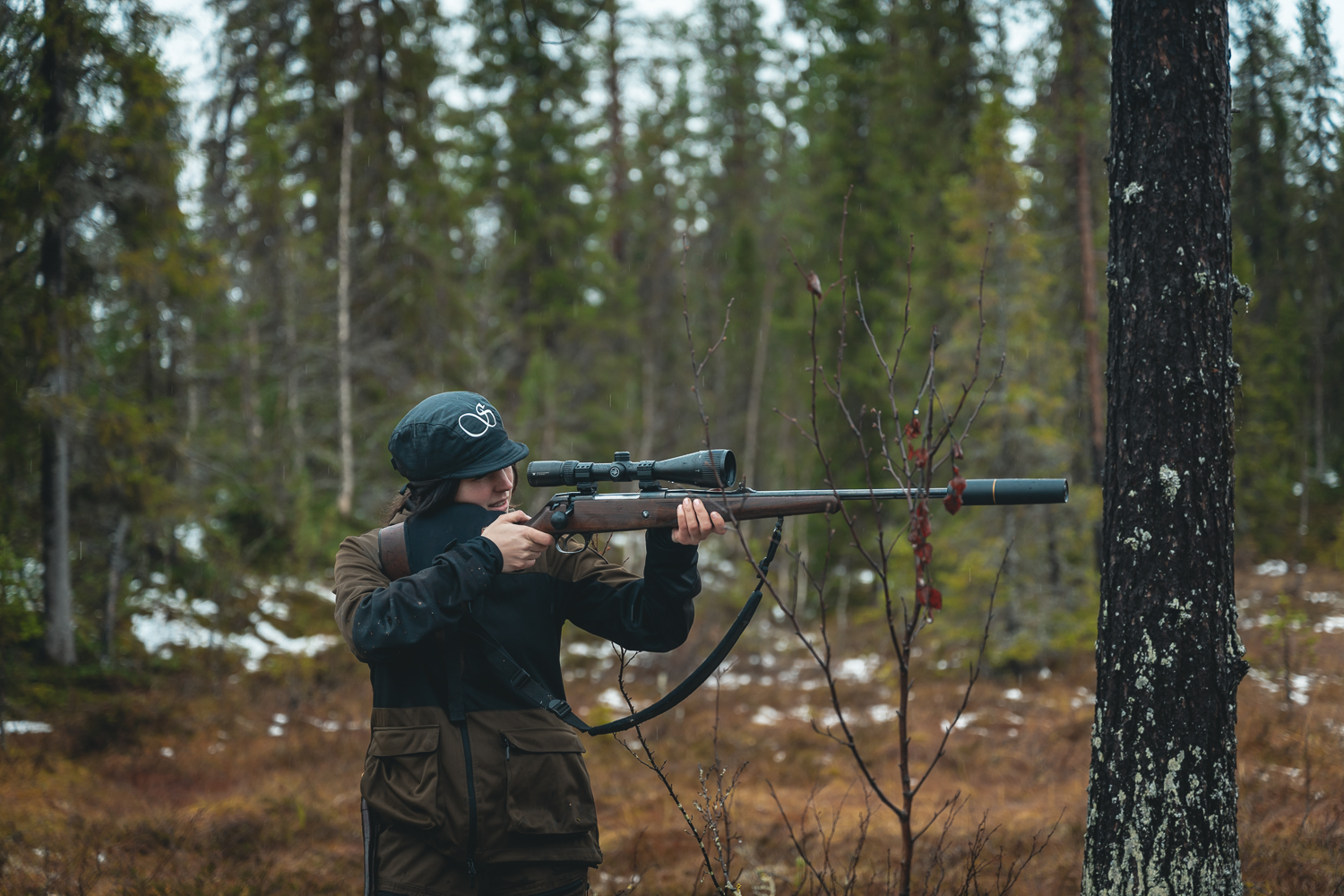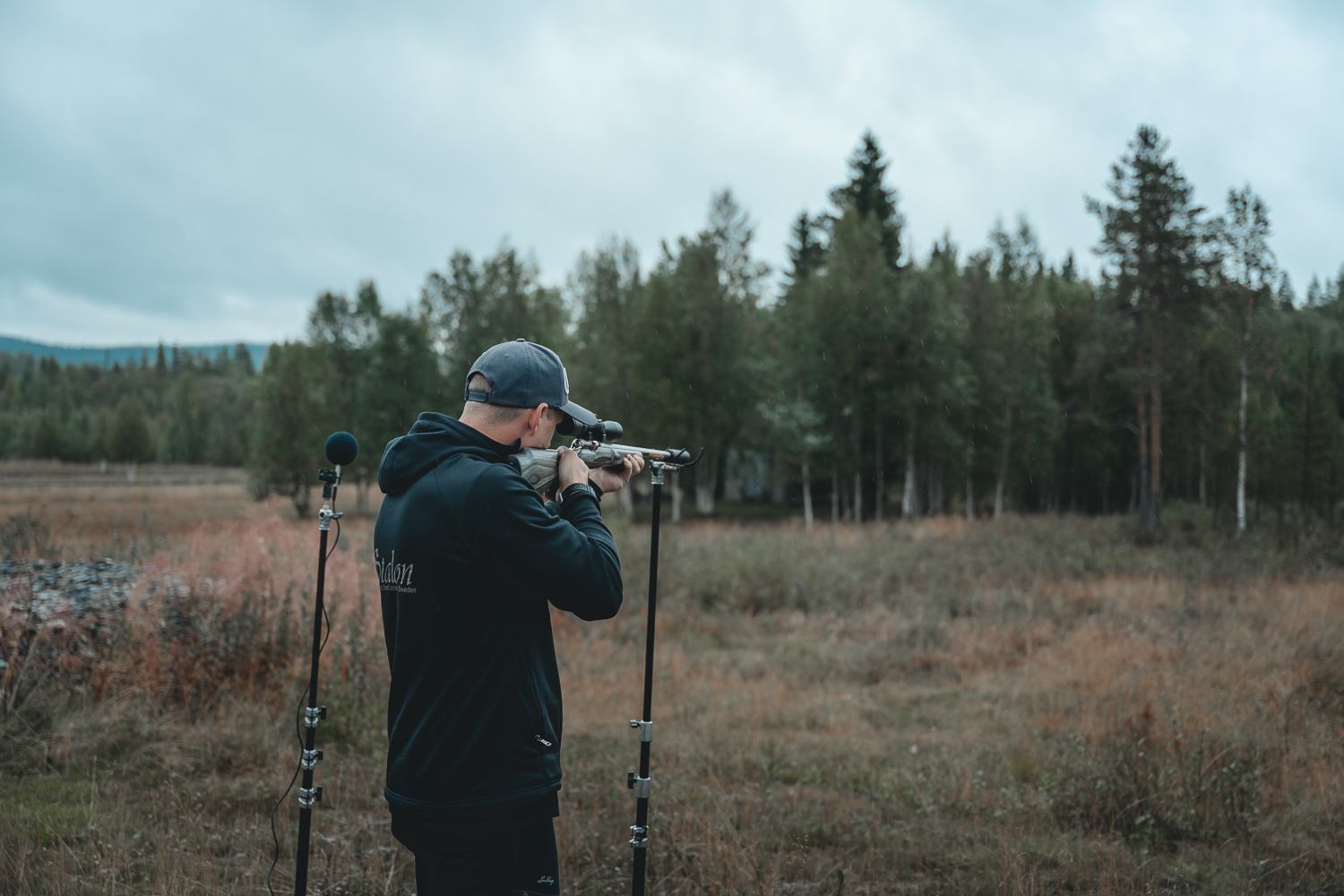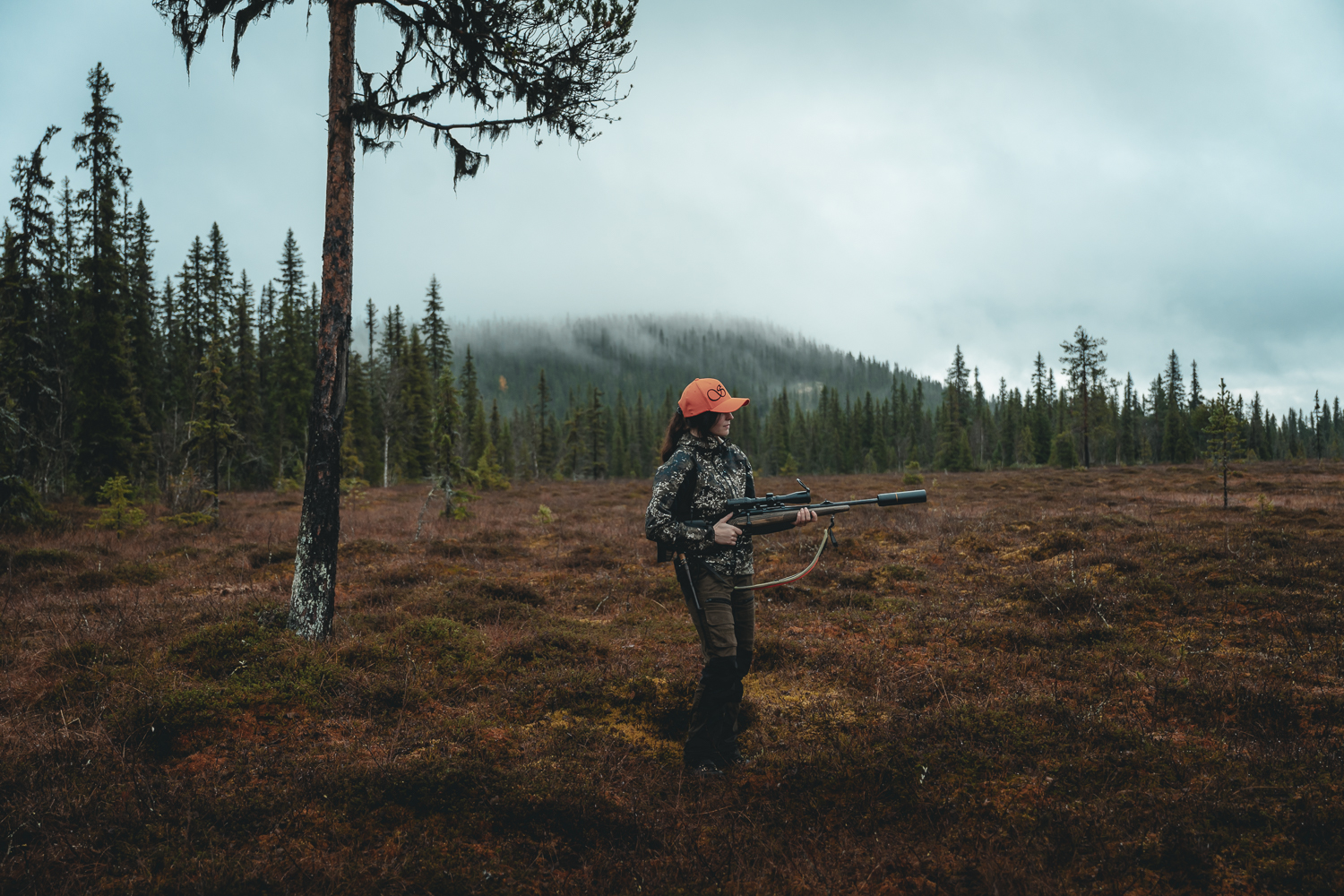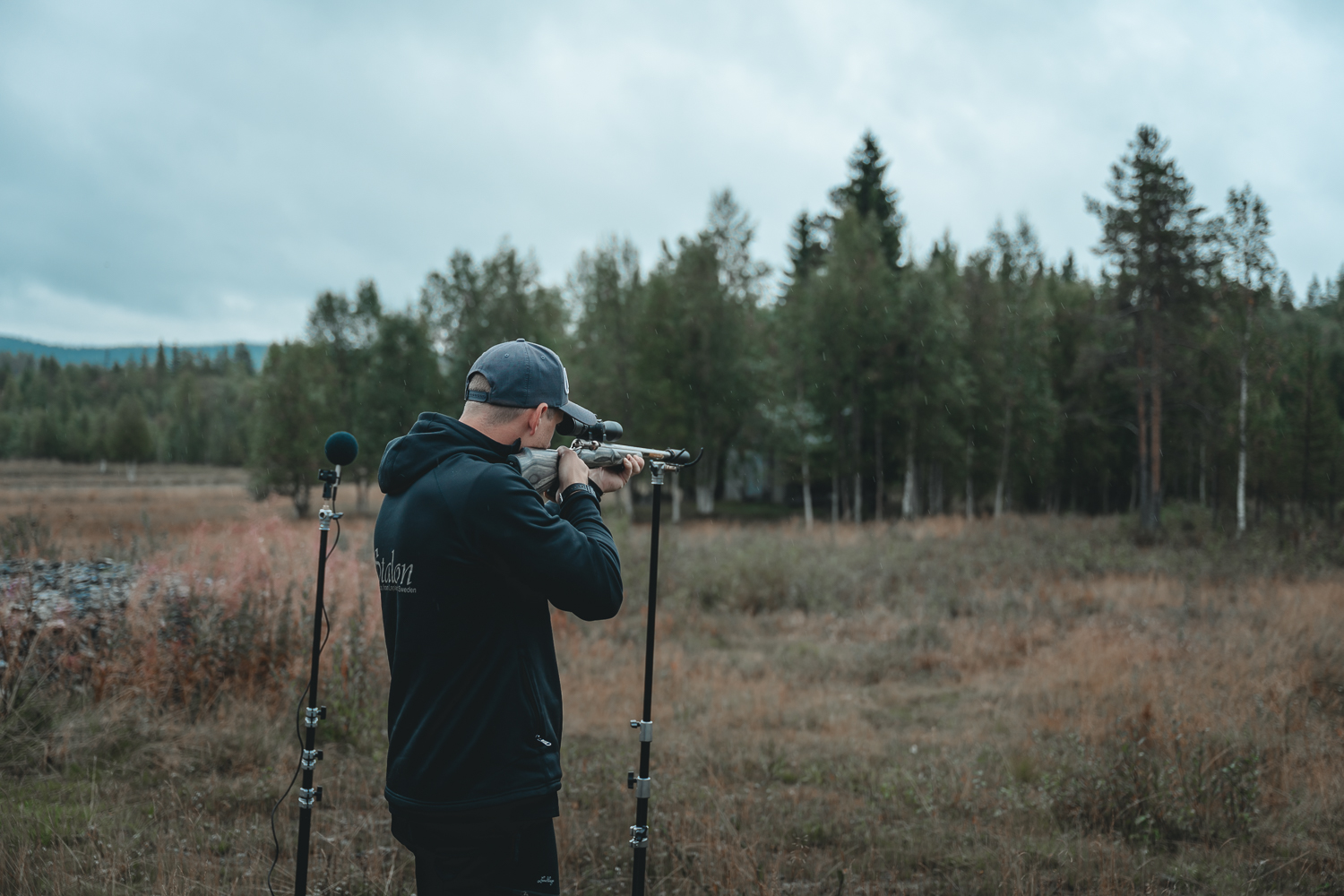What affects sound reduction? A practical walkthrough from Stalon
Sound reduction is about more than the silencer’s internal geometry. Several external factors play a role, and one of the most significant is the relationship between barrel length and caliber. To understand why, we must look at how the powder burns, the muzzle pressure wave, and the silencer’s front work together.

BARREL LENGTH, CALIBER, AND POWDER BURN RATE
Different types of ammunition behave differently. Slow-burning powders and magnum cartridges develop large gas volumes over a longer time, which means they need a longer barrel for the powder to finish burning before the bullet leaves the bore. If the barrel is too short, a large amount of hot gas is still released just in front of the muzzle, creating a strong muzzle blast. That means even a silencer with good potential can struggle to reach the desired noise reduction if the barrel length is insufficient.
DECIBELS, PERCEPTION, AND REFERENCE POINTS
A silencer’s decibel measurement is an important objective parameter, but the perceived sound is often more complex. For example, the same silencer, say a model from the X-series, can show similar decibel levels on two different .30-caliber rifles, yet the user’s experience may differ markedly. This is because the starting noise level before reduction can be much higher on a short barrel; even if the silencer reduces the sound by the same number of decibels, you’re starting from different points on the scale. The result is that the sound at the ear can be perceived as significantly louder on a rifle with a short barrel than on one with a longer barrel.

WHEN IS A LONGER FRONT NEEDED?
In practice, this means you sometimes need to choose a silencer with a longer front to achieve the noise reduction you’re after. A longer front provides greater internal volume and more baffle stages, which can increase effectiveness for calibers with late gas-development profiles. Especially for firearms that shoot magnum loads or use slow-burning powder, a short, compact silencer may function well but not necessarily deliver the highest level of comfort in terms of perceived noise.

THE SWEDISH SPECIAL CASE 6.5×55
A concrete example from our tests is the Swedish classic 6.5×55. This cartridge has a barrel length and load profile that makes the noise level increase noticeably when the barrel is shortened. In our sound measurements, we see stepwise increases in decibels centimeter by centimeter; a clear reminder of how sensitive noise reduction is to changes in barrel length.
CONCLUSION AND ADVICE
In short: choose a silencer based on a holistic assessment. Caliber, barrel length, and ammunition type are decisive. If you use magnum loads or slow-burning powders, or if your firearm has a short barrel, consider a model with a longer front or larger internal volume for better sound reduction. And remember that the decibel value is only part of the picture; perceived noise depends just as much on where you start on the scale.
Would you like help choosing the right model for a specific caliber or barrel length? Contact us, we’re happy to help you interpret measurements and find the best solution for your firearm and needs.










